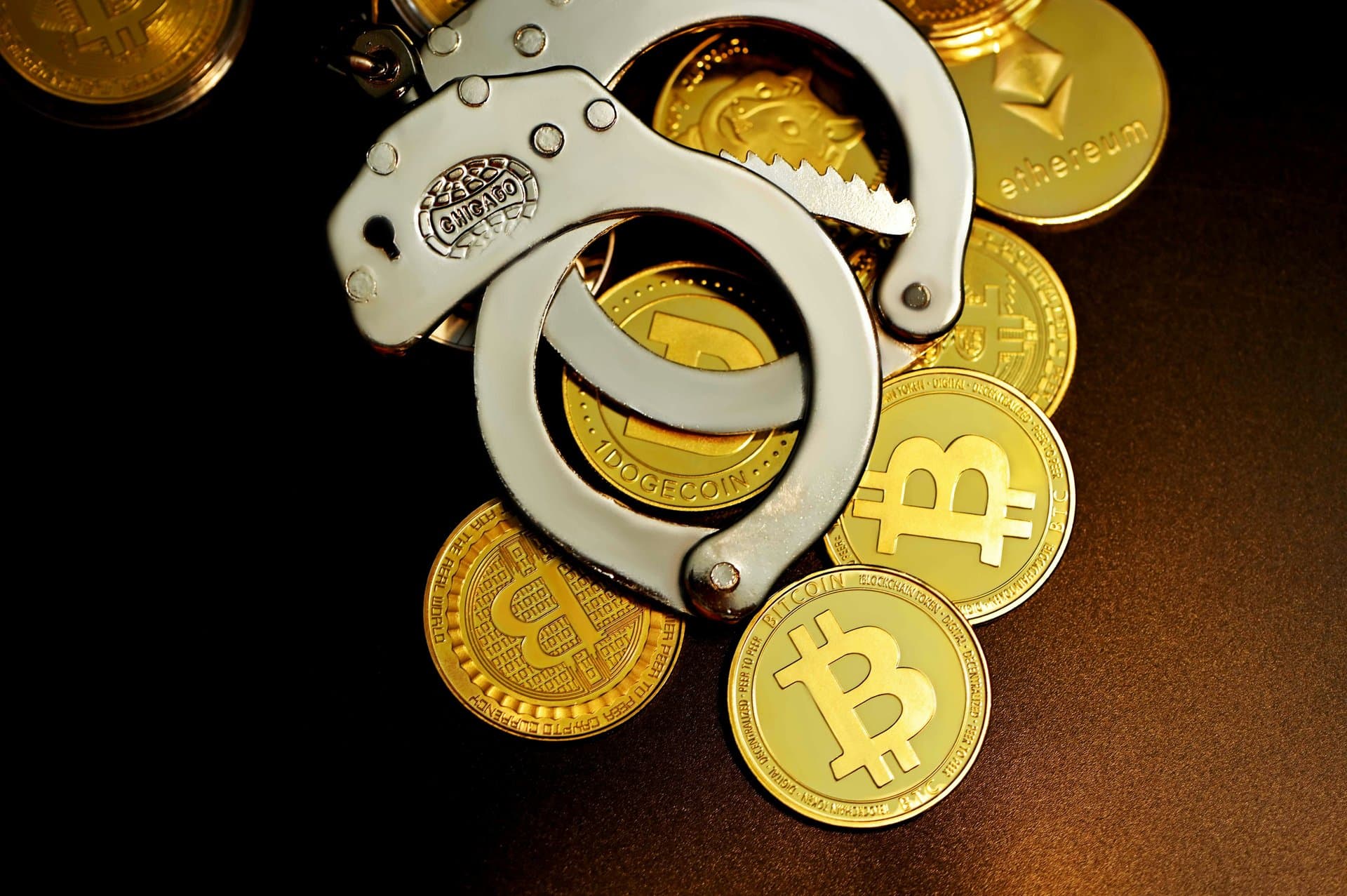Inside the $7 Billion Bitcoin Fraud Trial Shaping Crypto Law
Explore the $7 billion Bitcoin fraud trial in London, revealing how UK courts tackle cross-border crypto crime, asset seizures, and the fight for victim compensation in a landmark case.

Key Takeaways
- Largest UK crypto asset seizure at 61,000 BTC worth $7 billion
- Zhimin Qian faces trial for unlawful possession and transfer of cryptocurrency
- Cross-border nature complicates evidence gathering and prosecution
- UK government aims to liquidate seized Bitcoin to compensate victims
- Legal precedent will shape future crypto crime asset recovery

The upcoming $7 billion Bitcoin fraud trial in London marks a historic moment for cryptocurrency regulation and cross-border financial crime prosecution. At its core is Zhimin Qian, accused of masterminding a Ponzi-style scheme that defrauded nearly 130,000 Chinese investors through Tianjin Lantian Gerui Electronic Technology. The UK’s seizure of over 61,000 Bitcoins—the largest digital asset confiscation in British history—sets the stage for a complex legal battle. This case not only tests the limits of international law enforcement cooperation but also challenges how digital assets are managed and restituted in global crypto crime.
Unraveling the Fraud Scheme
Imagine nearly 130,000 investors lured by promises of 100% to 300% returns. That’s the staggering scale of the Ponzi scheme allegedly run by Zhimin Qian through Tianjin Lantian Gerui Electronic Technology between 2014 and 2017. The scheme’s collapse followed China’s sweeping ban on cryptocurrency activities, forcing Qian to flee to the UK. What’s striking is how the illicit funds were laundered into Bitcoin, now valued at around $7 billion. This isn’t just a crime story—it’s a cautionary tale about the seductive power of sky-high returns and the risks lurking in unregulated crypto investments. The scheme’s size rivals the GDP of some countries, highlighting the massive financial damage inflicted on victims. Yet, the cross-border nature of this fraud complicates justice, as evidence and victim testimonies remain locked behind international barriers.
Navigating Legal Complexities
Prosecuting Zhimin Qian in the UK is no walk in the park. Legal experts point out the uphill battle prosecutors face due to the fraud’s origins in China and the absence of UK entities involved. The UK Crown Prosecution Service wisely sidestepped direct fraud charges, focusing instead on unlawful possession and transfer of cryptocurrency and criminal property offenses. This strategic pivot reflects the challenge of gathering evidence like victim statements and financial records from China. Meanwhile, Qian’s associate Jian Wen, a former takeout worker, was convicted in March 2024 for money laundering, setting a legal precedent. The UK courts rely on the Anwar principles, which allow prosecution based on the criminal origin of assets without proving the exact fraud. This nuanced approach balances legal rigor with practical realities, offering a fresh lens on crypto crime prosecution.
The Battle Over Seized Bitcoin
The UK government’s seizure of 61,000 Bitcoins—the largest ever in the country—has sparked a fierce legal tug-of-war. Victims, mostly in China, are staking claims to the digital fortune, while the UK Treasury plans to liquidate the assets to fund restitution and domestic needs. This clash raises thorny questions: Who truly owns these Bitcoins? How should international claims be prioritized? The Home Office’s $53.7 million contract to manage and sell the assets remains unfulfilled, underscoring the operational challenges of handling such a massive crypto stash. The case is a high-stakes chess match involving legal, diplomatic, and financial moves, with the outcome poised to set a global precedent for managing seized digital assets.
Implications for Crypto Justice
Beyond the courtroom, this trial shines a spotlight on the evolving landscape of crypto regulation and law enforcement. It forces governments to confront the borderless nature of digital assets and the complexities of international cooperation. The case’s outcome will influence how victim claims are treated against sovereign interests and how seized cryptocurrencies are managed and distributed. It also highlights the urgent need for robust custodial frameworks to handle large-scale crypto liquidations without disrupting markets. For investors, regulators, and legal professionals, this trial is a wake-up call: the digital frontier demands new rules, sharper tools, and global collaboration to ensure justice and financial integrity.
Long Story Short
This landmark trial is more than a courtroom drama; it’s a turning point for how the world handles the tangled web of cross-border crypto crime. The sheer scale of the $7 billion Bitcoin seizure forces courts and governments to rethink asset recovery and victim compensation in the digital age. While legal hurdles remain, especially in proving fraud across jurisdictions, the UK’s approach to prosecuting possession and transfer charges offers a pragmatic path forward. For investors and regulators alike, this case underscores the urgent need for clear frameworks and international collaboration. As the trial unfolds, it will shape not only the fate of stolen Bitcoin but also the future of crypto justice worldwide.